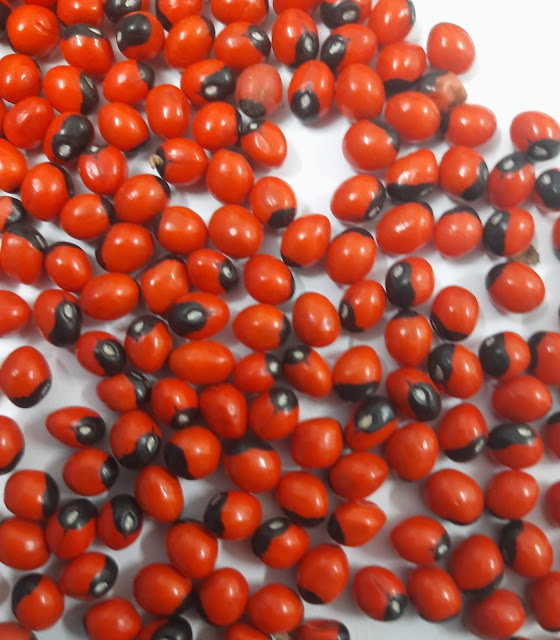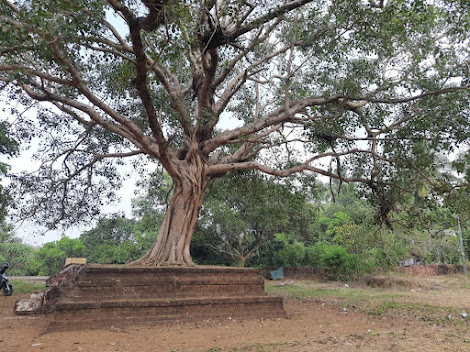Boy with progressive bending of spine
9 year old boy first born, out of non- consanguineous marriage ,developmentally normal presented with a history of swelling involving the upper left thigh at 3 years of age. It gradually progressed to involve the left thigh and legs sparing the ankle and foot. Diagnosed as lymphedema and was followed up
He also has pain in lower part of left thigh from 6 years of age and has increased in severity for the past 1 year.
Left lower limb pain was felt along the medial side of thigh above knee,episodically which was severe for short duration. He used to have episodes of pain at night waking him up last for minutes and disappear.
There was no numbness,tingling sensation.
He did nt have difficulty in walking,running. He use chappels without slipping off.He is going to school walking.Average in studies mingles and social relations play activity normal with his peers,except for the fact that he is a bit shy because of progressive bending of his spine.
In between episodes of pain totally free or pain or any other sensations. Pain has no relation with movement of joints. In the context of pain perceived without obvious visible reasons we should analyse more points about pain.
Discussion about the pain
- 1.Totally psychogenic.
- 2.Referred pain from distant source. eg root pain,herpetic neuralgia etc
- 3. Claudication pain, either vascular or neurogenic
- 4.Another possibility which is not relevant here is phantom pain and tabes dorsalis.
Asking about relation with exertion there is no aggravation with exertion ,no relief on rest.
On examination,
He was thin built, had drooping of left shoulder and scoliosis with convexity to the right. The level of iliac crest was higher on the left side compared to right with visible
wasting of gluteus maximus muscle both sides more on the left. Also, the bulk was decreased over left thigh and legs.
The left leg was swollen compared to the right and no bruit was appreciated.
Vitals were normal. Blood pressure normal in both upper and lower limbs with the normal systolic difference between upper and lower limbs.
No cafe au lait spots ,shagreen patches. No visible dilated veins or arteries.or reddish patches.
Neurological examination
Gait was abnormal with inversion of left foot and internal rotation and adduction of left hip while walking. No buckling at knee.
Higher functions,cranial nerve examination normal.
Bulk,tone power of upper limb muscles including small muscles of hand thenar ,hypothenar normal.
Scoliosis with convexity to right.
Doubtful winging of scapula on right side ,but on testing power normal in the shoulder muscles.
Bulk in the left thigh, calf was less than right
Power grade IV in hip flexors and extensors,knee extensors.and dorsiflexors of foot.Right was normal in all the groups
Sensations normal in all areas. All modalities preserved.
DTR were normally elicited in all groups bilaterally
Plantar flexor both sides.
No cerebellar signs
Head normal
Spine scoliosis ,no gibbus ,No point of tenderness.
Discussion
Definite points in the history and hard findings to depend on
- 1.Progressive scoliosis in a previously normal child without any skeletal deformities, limb length descripancy
- 2.Wasting and weakness in selected group of muscles
- 3.No root pain. Pain felt episodically could not be explained in any of the classical neurologica originating pains.
- 4.No bowel,bladder disturbances,No sensory loss,No cerebellar signs.
- 5.Upper story part all normal,vision,hearing,intelligence,speech,cranial nerve territories. To be stressed is no features of horners
So where are we
Stepwise questions to be answered
1.Is this problem due to a neurological problem ? Yes
2.Where is the lesion ?
3.What is the pathological basis?
Anatomical localisation is not in the brain.Is it in the spinal cord ? or motor unit? If in the motor unit where ?in the anterior horn cell,radicle,peripheral nerve,myoneural junction,muscle?
Just because it is selected areas, last two possibilites totally out. It is not a muscle or myoneural junction problem
Peripheral nerves? Multiple peripheral nerves possible. Significant wasting of buttock muscles ,especially in the gluteus maximus area bilaterally possibility of superior gluteal nerve involvement? No there are other muscles of thigh selectively involved on the left side.No sensory loss
Peripheral nerves bit unusual.
No bladder ,bowel disturbance, No long tract involved ,sensory,motor cerebellar and patchy involvement not fitting with any tract parenchymal spinal cord lesion very unlikely
So it must be extraparenchymal.
Is it intradural or extradural?
No root pain. we may be tempted to consider intradural extramedullay. But ...
We considered the anatomical localisation in the horizontal axis. But longitudinal extent
Scoliosis involving middle upper thorasic spine indicates one side erector spinae is weak. Same time it is extending down to cause weakness and wasting of buttock . So lesion must be extending from upper thorasic down to sacral segments
Is it unilateral?
No , it is more on left side , but other side also must be involved
Now the third question, What is the pathological basis for a lesion outside parenchyma , slowly progressing over years without anyway affecting his general health
Usual lesions in the location are infilterations, compressive lesions. or lesions slowly growing with a congenital basis like hamartoma ,lipoma
Here no clues in the general examination for a malignancy.
One clue in the general examination is the swelling extending over thighs to legs. It was diagnosed as lymphedema.
But one strong point arguing against this possibility
Look at his foot
No lymphedema will spare the foot
So it must be different.
So we considered possibility of hemangioma.
Investigations
normal blood counts, RFT, LFT ,electrolytes, calcium and phosphorus levels in serum
Osteolytic lesion was noticed in left medial supracondylar area of femur, vertebral bodies showed osteoporotic changes.
We proceeded with MRI of thighs and screening of spine.child was referred to SCT for further management.
MRI report:
Thickening of subcutaneous soft tissue in medial aspect of thigh extending to leg with multiple high T2 signal intensity serpiginous structutres. similar lesions in vastus medialis muscles and poplietal fossa.
T2 hyper intense serpiginous /cystic lesions also noted in medullary cavity of femur and visualised tibia,more prominent in lower meta diaphyseal region of femur and upper tibial metaphysis. No intraarticular extensions into the knee joint.
The lesions show post contrast enhancement like vessels. No flow voids or prominent arterial supply.
Possibility of combined soft tissue and intraosseous venous malformations. Hemagiomas involving multiple dorsal vertebrae and all lumbosacral vertebrae.
Prepared by KKP & Dr.Divya. (Resident in Department of Pediatrics
Need expert comment from Radiologists











Rare condition?
ReplyDeleteWhat is the management?
ReplyDeletePrognosis?
Condition of the child at present?
Treatment offered at SCT?